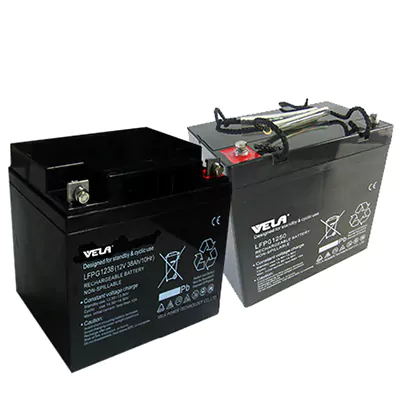
The battery industry has grown significantly over the past few years, China has become the world’s largest manufacturer. The lead-acid battery is a battery with a high level of technical content in it. It is a commonly used and recyclable battery, and its demands are continuously increasing in the global market. Its longevity will be drastically reduced if it is misused. A wide range of factors influences a lead-acid battery’s lifespan and malfunction, and a better understanding of those factors can help in the extension of battery life efficiently.
- Depth of discharge
The depth of discharge is the point at which the discharge begins to slow down during use. The lifespan of lead-acid batteries is greatly affected by the depth of discharge. Deep cycle, shallow cycle, or floating charge uses are the main topics of design considerations. If a shallow-cycle use battery is used for deep-cycle use, The lead-acid battery will ultimately fail.
Lead sulphate is produced during discharge and transforms back into lead dioxide during charging. Lead sulphate has a higher molar volume than lead oxide, and its volume increases during discharge. If just 20% of one mole of lead dioxide is released, the degree of shrinkage and expansion is decreased. The deeper the discharge depth, the shorter Its cycle life will be.
- Degree of overcharge
A significant amount of gas precipitates upon overcharging. The gas influences the active material of the positive plate, causing the active material to shed more readily. Additionally, the positive grid alloy is subject to severe anodic oxidation and corrosion, shortening the battery’s use time.
- The influence of temperature
Lead-acid battery life increases with temperature. Every one-degree Celsius rise between 10°C and 35°C will increase roughly 5–6 cycles. The loss of vulcanization capacity shortens the negative electrode’s lifespan. Battery life increases with the temperature within a specific temperature range. If the discharge capacity remains constant, the discharge depth decreases as the temperature rises, resulting in a long solid life.

- The influence of sulfuric acid concentration
The capacity of the positive plate benefits from an increase in acid density, but the battery’s self-discharge increases as a consequence. The corrosion of the grid also increases, which increases the release of lead dioxide. The cycle life of a battery reduces as its acid density increases.
- Influence of discharge current density
The battery’s lifespan shortens as the discharge current density rises because lead dioxide from the positive electrode is encouraged to become loose and break off under high current density and high acid concentration conditions.
Conclusion
Concisely, the lifespan of the lead acid battery shortens due to the depth of discharge, and when discharged current density increases. Temperature, overcharging, and concentration of sulphuric acid also affect the battery life.
Where to buy the best batteries at the best prices?
Vela Power Technology Co., Ltd. is a professional battery manufacturer and supplier in China.
We have 15 years of experience in battery producing and selling, our main products contain cars, motorcycles, trucks, and VRLA batteries.
If you want to buy the most affordable and best quality battery.we will give you the best answer. you have any needs about batteries, please contact us



